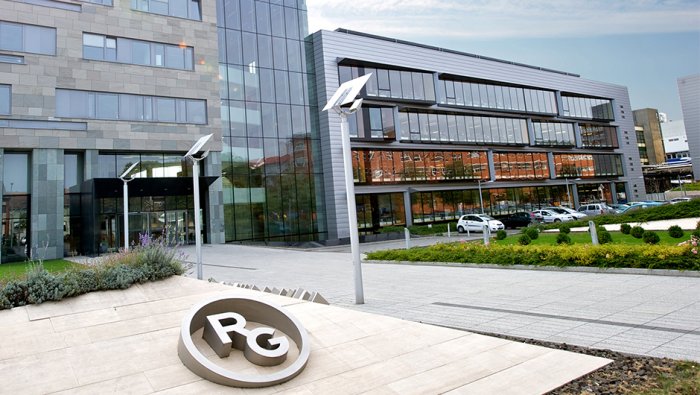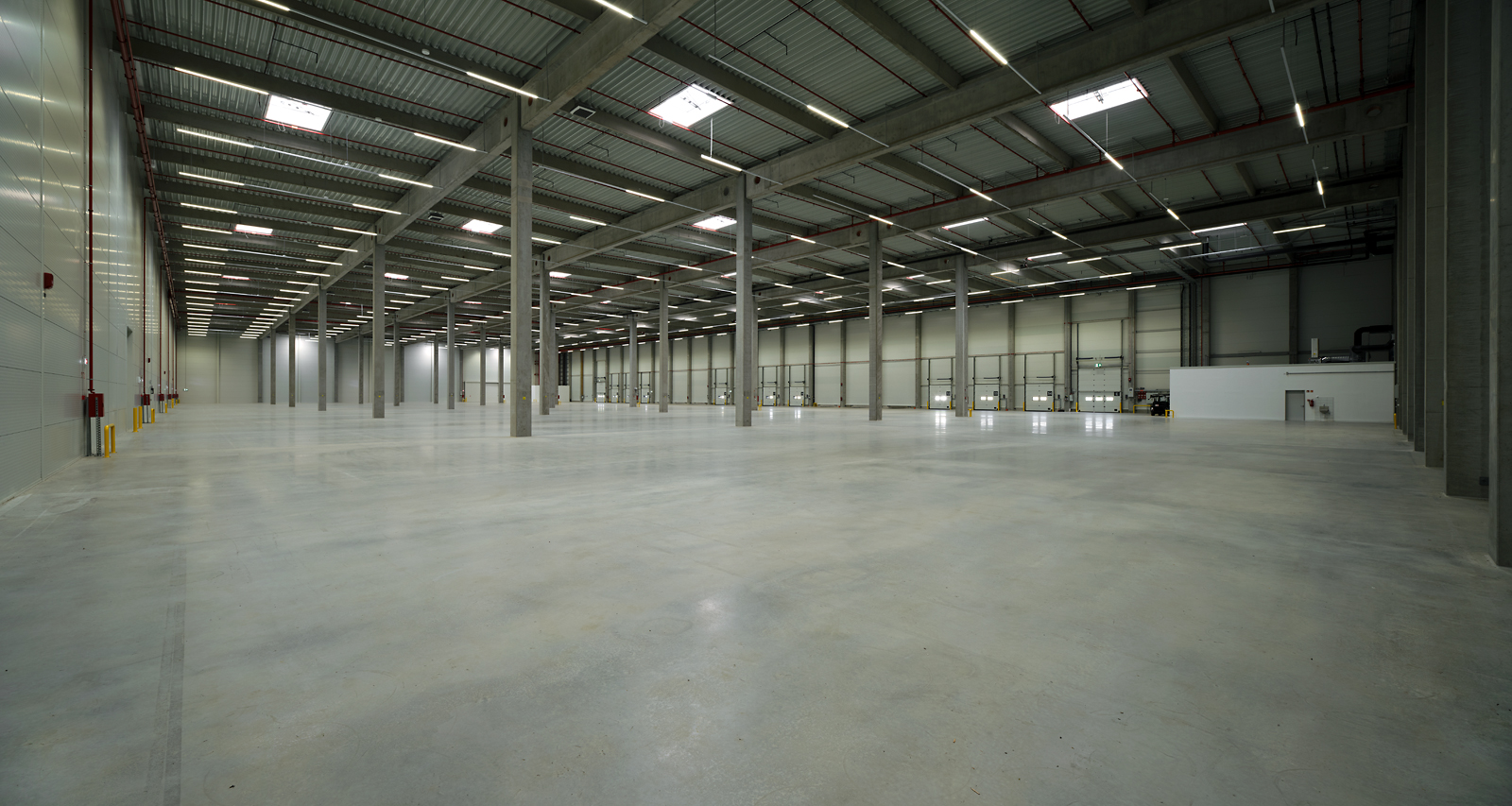Market Changes Require Flexibility From Funds

These are interesting times for the country’s property market. The Hungarian Government Bond Plus (MÁP Plusz) has drawn money out of the local property funds, on the one hand, and a paucity of assets on the other has led some funds to turn developer.
Aware that the country’s state bond markets are small in comparison with its regional and EU peers, the Ministry of Finance introduced MÁP Plusz in June with the aim of raising the government bond stock held by retail investors to HUF 11 trillion by 2023 from the current HUF 8.06 tln.
MÁP Plusz pays an interest rate that gradually rises from 3.5% to 6% over five years. The scheme has seen eye-catching take up since its launch in June: subscriptions reached HUF 2.1 trillion by the end of September, according to data from the Government Debt Management Agency (ÁKK).
Assuming Hungary’s citizens have not been raiding Grandma’s cash stash hidden under the mattress, that money has to have come from somewhere. As the BBJ.hu reported on October 8, listed real estate agency Duna House attributed poorer than expected Q3 sales to the bond, saying real estate sales volume had been “seriously hit”. Open ended property funds have, similarly seen money withdrawn since the launch of the government bonds.
“There has been quite a lot of money shifting to these bonds, some of that has been taken from public property funds,” agrees Balázs Czifra, real estate investment director at Diófa Asset Management.
“Quite a lot of money has been taken out of the funds in general. The local funds are certainly much less active than last year, when 50% of the investment volume was down to them. We don’t know the full figures yet, of course, but this year the activity of the local funds will be much reduced.”

Balázs Czifra
Limited Assets
Czifra does not necessarily see that as a problem, however. The Hungarian market is small, even by Central and Eastern European standards, with relatively limited investment grade product coming to market. As BBJ real estate editor Gary Morrell often points out, local developers and local funds, not surprisingly, have a close relationship going back years, which means those funds are often the first to hear about available assets.
“Hungary is a very attractive market still, with a stable economy and a property market that performs well. If there is less activity from the local funds, it just gives more room for the international investors, but equally newly emerging local private funds and investor groups,” he says.
And the local funds have hardly walked away from the Hungarian market. In September, OTP Prime Real Estate Investment Fund purchased the 26,000 sqm Class “A” Roosevelt Office Building on Széchenyi tér, next to the Four Seasons Hotel Budapest Gresham Palace, from a fund managed by Munich-based real estate fund manager GLL Real Estate Partners. It is one of the largest and most significant prime commercial real estate transactions in the region.
Czifra can also talk to the phenomenon of property funds turning developer. To be clear, this is not an everyday occurrence, nor will it ever become one. Real estate investment funds exist to gain value for their investors, primarily via cashflow generating standing investments, and risk mitigation is therefore a high priority. For that reason alone, the actual cash-intensive development of real estate is generally left well alone.
But sometimes the stars align; for example when paucity of product, and availability of land overlap. That’s exactly what happed at the South Pest Business Park, a logistical and industrial facility Diófa Asset Management acquired for the Magyar Posta Takarék Property Investment Fund from developer Wing Zrt. in 2017.
Complex Background
“We are not a classic developer, but we already had the opportunity to substantially increase property value by a re-development [of the Shopmark asset, see below] and the option here to develop on a property with some vacant land in our portfolio, meeting high demand. Of course, things are always more complex in the background, but there was a strong market demand, also from existing tenants there, so it was not as high risk as it could have been,” he explains.
“Financing was relatively easy for us because we used our own capital. And the property itself, the park, also benefitted from the infrastructure investments. In fact, we had leased the new building within two months of starting construction, ensuring the anticipated investment value upon completion of the project.”
Czifra adds a couple of caveats: logistical buildings are relatively straightforward structures to build, although planning and delivering flexible options and solutions is a key fundamental for in-town logistics facilities that often include office or retail areas besides the warehousing and dispatching areas. The South-Buda Business Park addition was ready on time and within budget, which Czifra considers a success, given that the labor crisis affecting Hungary as a whole means completion dates for buildings often slip. But the logistics hall also hit a timing sweet spot; such buildings rely on a pre-fabricated concrete frame structure, and at the time it was being ordered and built, the manufacturers could provide the required materials, as there were no other major projects competing for such elements.
The labor crisis did impact another slightly Diófa project, however; the closure and complete refurbishment of the former Europark (now Shopmark) mall in District XIX, purchased from Unibail Rodamco in June 2016, and reopened in 2018. Labor shortages, particularly the availability of sub-contractors, threatened the reopening time table, so the fact that the redevelopment was completed in just six months, Czifra says is “almost a miracle”.
“We had to step in practically as a contract manager and run things day-to-day. That’s not a criticism of the main contractor, it is a criticism of the construction market; because of the very tight timescale that was very challenging for the company.” The investment and redevelopment has proved to be a good decision, he says, as Shopmark’s new look and layout has seen it returning increasing trading results since re-opening.
Diófa: A Tale of two Funds
Diófa Asset Management manages two major property funds.
The Torony (Tower) Real Estate Investment Fund manages a total value of HUF 18 billion with property worth approximately half of the fund. It has a very tight focus on Class “A” office buildings in Budapest, and owns the V17 office center at the start of the Váci út corridor, the former Skanska Green House building (District XIII), and Alkotás Point (District XII). The emphasis is on “well located, very well let, quality buildings” Czifra says. The money in the fund is largely institutional , with one major equity partner.
The Magyar Posta (Hungarian Post) Takarék Property Investment Fund, which is Hungary’s third largest domestic open-ended fund, has a value close to HUF 200 billion with over 50% in property. Its investors are a mix of public institutions and private individuals. It has a wider focus, with a diversified portfolio roughly split three ways between offices (in Budapest), industrial and logistics (mainly in the capital, but with one asset in Sopron) and retail (mainly strip malls, with 12 in the countryside and three in Budapest area, plus the Shopmark shopping center in District XIX).
SUPPORT THE BUDAPEST BUSINESS JOURNAL
Producing journalism that is worthy of the name is a costly business. For 27 years, the publishers, editors and reporters of the Budapest Business Journal have striven to bring you business news that works, information that you can trust, that is factual, accurate and presented without fear or favor.
Newspaper organizations across the globe have struggled to find a business model that allows them to continue to excel, without compromising their ability to perform. Most recently, some have experimented with the idea of involving their most important stakeholders, their readers.
We would like to offer that same opportunity to our readers. We would like to invite you to help us deliver the quality business journalism you require. Hit our Support the BBJ button and you can choose the how much and how often you send us your contributions.








